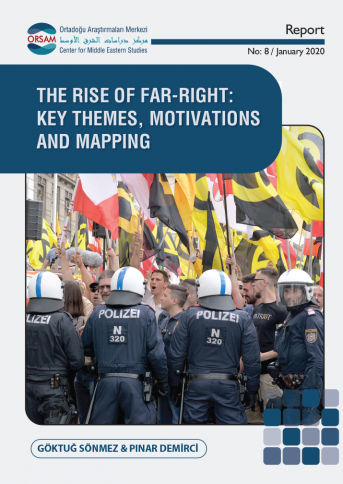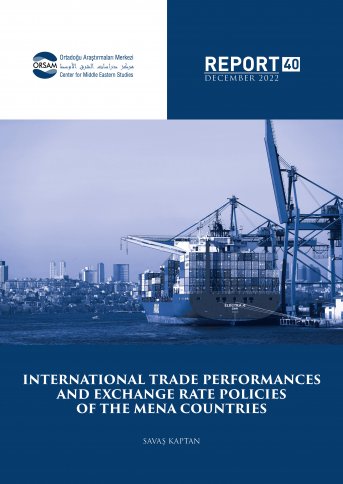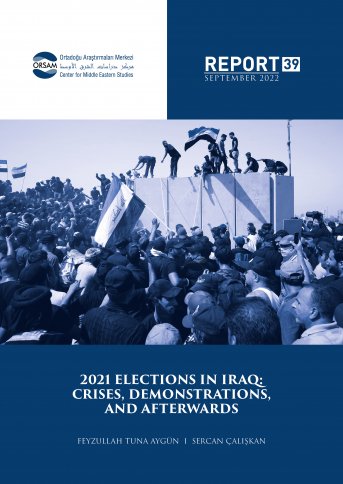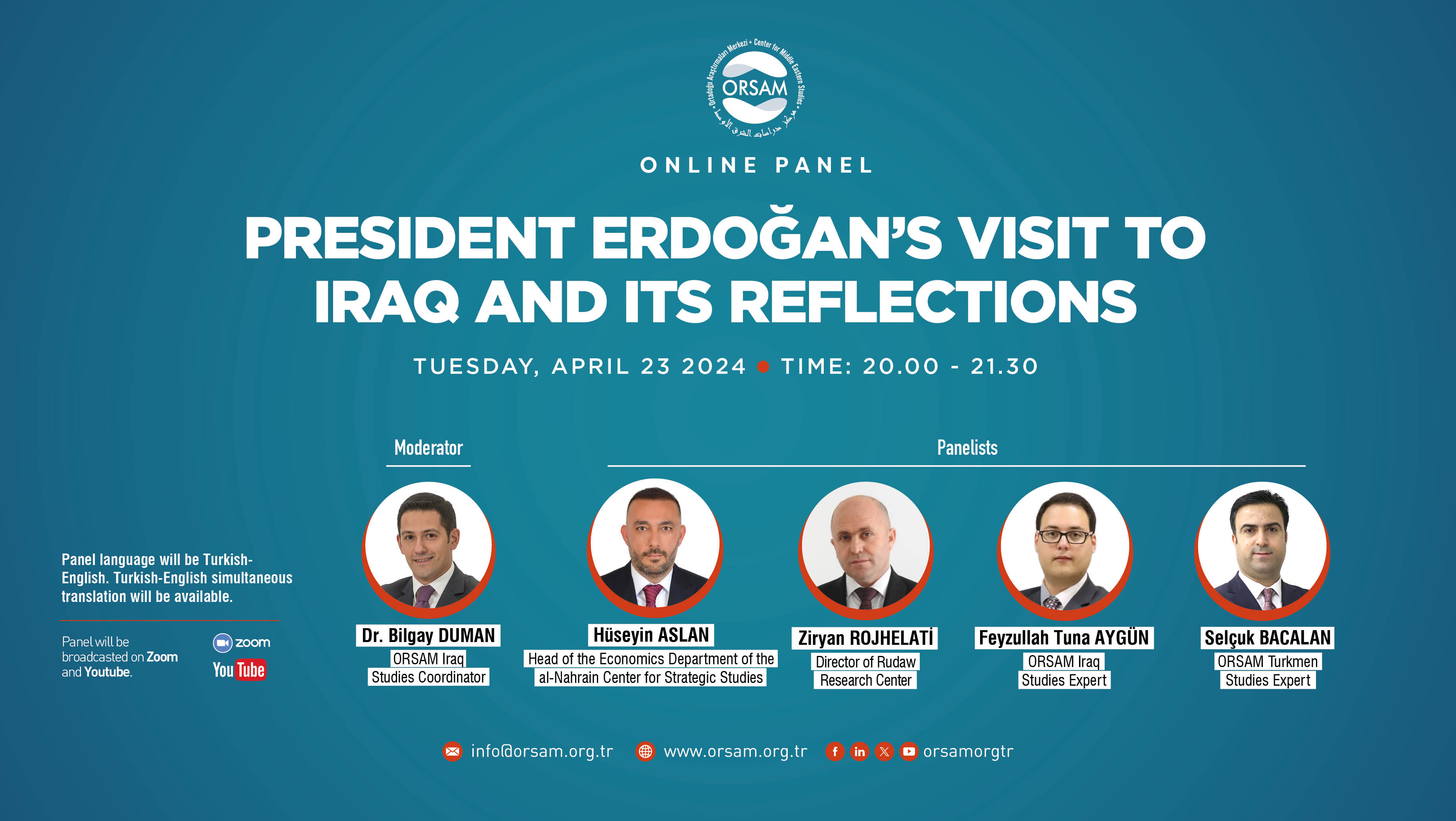
The Rise of the Far-Right: Key Themes, Motivations and Mapping
Far-Right Extremism, with its various forms, unsurprisingly and in a timely manner, is gathering more and more attention. However, various conceptualizations as well as variations in the power, impact, organization, representation and the level of how “far” their positioning, can in-depth analysis be needed in order to see the full spectrum of “radical/populist/extreme right”. Even here, it is important to note that these frequently interchangeably used terms to address the phenomenon refer to different ideological positions rather than highlighting a one-fits-forall conceptualization regarding the rising farright in many countries which will be discussed in this report. In terms of right-wing movements, several different tones can be found with different leanings even though they share one or all of the key components. These groupings include not only extreme-right wing political parties but also subculture groupings, skinheads, militia groups, white supremacist youth movements, neo-Nazi online and offline communities etc. These groups can be “leftover of the fascist era” either organically or ideologically, emerge as a result of the effects of capitalism and modernization as in the case of modernisation loser theory which will be touched upon in the coming sections, present themselves as the representatives of the dissidence against the established ruling elite or as the forerunner of protest politics, and also act as the epicentre of xenophobic political and economic discourse. Roger Griffin, in The Nature of Fascism, rightly argues that even though fascism was defeated in the WWII, its ideology still persist and surface with the emergence of new political parties and thus it “did not die with Mussolini and Hitler. Rather, as a way of challenging consumerism, pluralism and hedonism” they emerge over and over with different disguises and different forms and tones. It is also important to note that even though some of the groups have direct links with the fascist past, the rise of extreme right is also a result of the fall of communism in many countries. With the emergence of poor social, economic, and political conditions whereas the elite was still enjoying comparatively much more access to states’ resources along with a response to the communism’s suppression of nationalism for decades, Eastern European countries also saw the rise of extreme right wing groups, coupled with minority questions and Russian minorityrelated concerns as well as a common irritation about the Roma minorities. Alongside genetically- driven racism, some of the “new right” also moved towards a cultural racism which rejects pluralism and rather than arguing for a racial purification, calls for the foreigners to return to their home countries and regions in order to secure the purity of the “local culture”. There are several main key questions while studying the phenomenon; the underrepresentation of far-right-related events in media coverage (which especially raise concerns when compared to other forms of radicalism especially in the case of religiously-motivated radicalism), the vicious cycle between far-right extremism and religiously-motivated and ethnic radicalisms in many countries and at the global level, the need to address both variations and commonalities of the “New Right” spectrum in Europe and in the United States, an evaluation of what social, political and economic reasons have been utilised by these groupings, either political parties or subcultural groups, seeing both the importance of “past” in many groups i.e. Nazism and Fascism, and also the changing socio-political conditions playing into the hands of such groups even without such historical background and references. In that respect, the report will first discuss the concepts surrounding the debate and see parallels and variations. Then it will move to an evaluation of historical background of the rise of far-right movements, followed by an effort to have a comprehensive grasp of the current situation by focusing on many groups and countries where far-right movements are active and mostly getting stronger. The historical and current underlying dynamics playing into the hands of far-right groups will be the main focus of the chapter following this mapping effort. In conclusion, based on the discussions and data from different countries, the question of how to give a more effective response to not only such groups but also the main themes in their discourse needs a closer look. Becasue not only violence but also this discourse itself threatens pluralistic composition of many countries jeopardizing fundamental human rights, the concept of citizenship, equal access to social services and economic opportunities, the efforts to ensure co-existence and tolerance, and the very basis of the rule of law.








